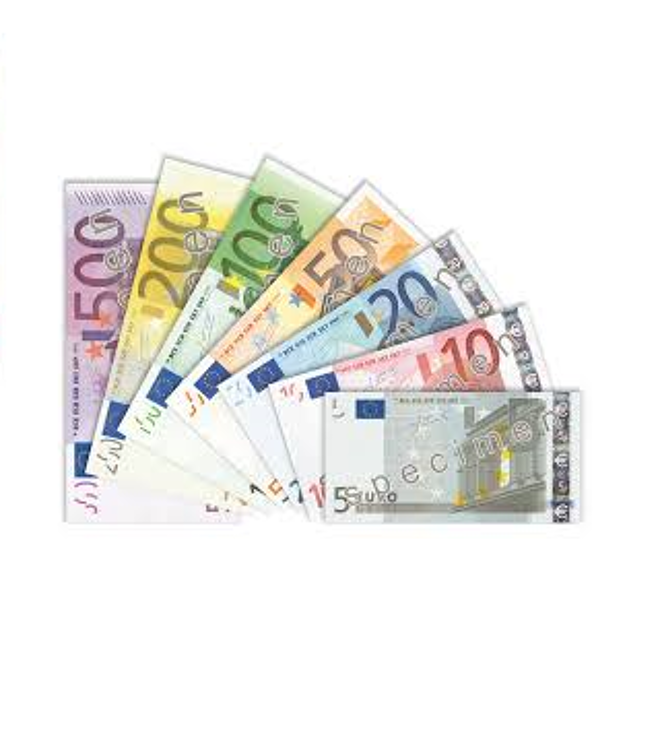Advertisement
Advertisement
Euro in Slender Recovery Following US Employment Data
By:
The Euro has made a slight comeback to 1.077 to the US dollar, after dipping to just over the 1.07 mark yesterday evening. Since the announcement
The Euro has made a slight comeback to 1.077 to the US dollar, after dipping to just over the 1.07 mark yesterday evening.
Since the announcement of post positive employment data that was released by the US Department of Labor on Friday, the Euro has been on downward spiral.
Against the pound the euro climbed to a peak of just under 0.72 at noon yesterday, but then dropped to under 0.712 at midway through the afternoon.
This morning the euro has increased to 0.715 before dipping again to its current 0.714 level.
US Employment Data Reveals Lower Unemployment
The latest statistics released by the US Department of Labor revealed a 271,000 increase in non-farm employment.
The professional and business sectors, alongside retail trade, and construction performed the most impressively, particularly in construction which doubled the 12 month prior average employment numbers.
Over the past 68 months, then private sector has now added 13.5 million jobs, the longest period of employment gains on record.
All eyes will now be on the outcome of next months Federal Reserve meeting, which may result in a interest rate rise, which was slashed to near zero following the 2008 financial crash.
An interest rate hike is likely to result in downward pressure on the euro, as speculators will be attracted to the dollar with a higher return.
Retail Trade Down for October in Euro Area
The euro area economy was hit by Eurostat figures which revealed that retail trade was down by 0.1% in the euro area.
In contrast, the volume of trade was up for the whole of the European Union, rising by a month on month 0.3%.
For September this year, there was also a rise in the retail sales index, which increased by 2.9% in the euro area, and 3.7% for the European Union.
The decrease in the volume of trade for the euro area was attributed to a 0.6% fall for food, drinks and tobacco. Fuel remained stable according to the figures, while trade activity for non food products rose by 0.1%.
The highest increases in trade was found in the United Kingdom, which recorded 2% higher retail trade. They were followed by Romania on 1.7%, Malta 1.1%, and Ireland on 0.9%.
The worst performer was Portugal, which suffered a 2.2% reduction in retail productivity.
Belgium, Denmark, Latvia and Poland all faced a regression in their retail trade figures by 0.7%.
European Central Bank to Increase Public Sector Purchase Programme
The European Central Bank (ECB) have announced that Public Sector Purchase Programme (PSPP) is to increase, with the share limit set at 33% per bond.
The new limit will allow a significant amount of outstanding, and newly issued shares of marketable debt instruments issued by euro area central governments,to be purchased by investors.
There are several aims that the ECB hopes to achieve with the new shares, including a smooth pathway to implement the PSPP.
Also, the central bank hopes to limit any un due concentration that could undermine market liquidity, and to create a blocking minority in relation to collective action clauses.
The decision from the ECB Governing Council on the PSPP increase was taken in September, and will increase the limit on shares from the previous 25% level.
About the Author
Peter Tabernerauthor
Did you find this article useful?
Latest news and analysis
Advertisement
